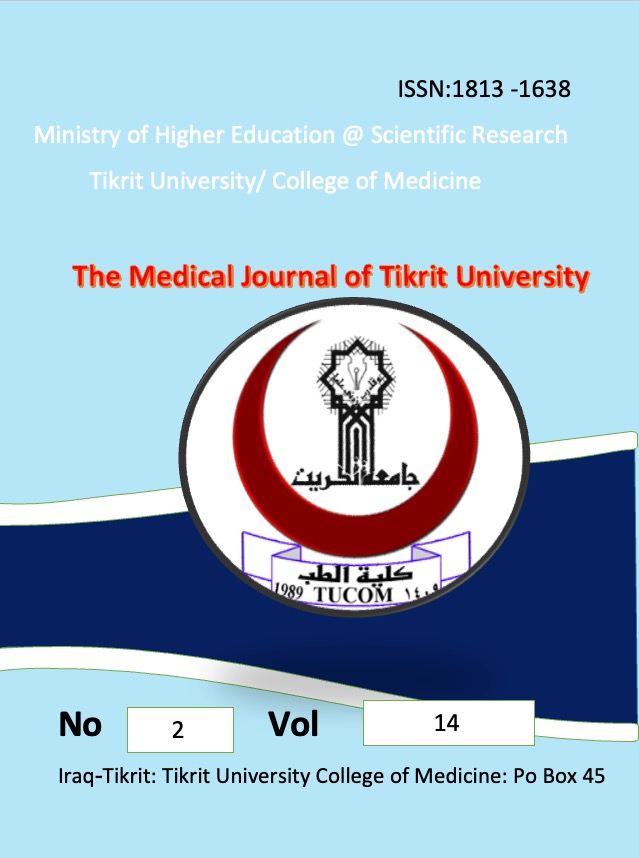Salivary glucose concentration in patients with angular cheilitis
Abstract
Angular Cheilitis is the term used for sun infection involving the lip commissures and cracked skin at the angles of the mouth. High salivary concentration of glucose predispose to infection in the angles of the mouth. Thus this study was conducted to find out how many patients with angular cheilitis were having an increase in salivary glucose level. Twenty-nine patients (16 females and 13 males) between the age of 31-68 years with angular cheilitis were used in this study. Salivary glucose concentration was measured for each patients. The patients with angular cheilitis had higher salivary glucose level (0.96 mmol / L ± 0.21), than control subjects (0.64 mmol/L ± 0.13) with significant differences (p <0.05) by t-test in comparison between two groups. Angular cheilitis patients older than 50 years old recorded higher salivary glucose level (0.87 mmol/L ± 0.14) when they co,pare with the control subjects who were older than 50 years old (0.59 mmol/L ± 0.08). to differences between them are significant differences (p <0.05) by using T- test. The mean values of salivary glucose level for female angular cheilitis patients (0.90 mmol/L ± 0.14), were higher than male angular cheilitis patients (0.85 mmol/L ± 0.10). The results indicated significant differences (p <0.05) by t-test when compared with mean values of female and male control subjects (0.67 mmol/L ± 0.09, and 0.61 mmol/L ± 0.09, respectively). Angular cheilitis patients wearing prosthetic appliances recorded higher mean values of salivary glucose level (0.83 mmol/L ± 0.19), than angular cheilitis patients, who do not wearing prosthetic appliances (0.76 mmol/L ± 0.11). Further study was needed to determine the salivary flow rate of patients with angular cheilitis.





